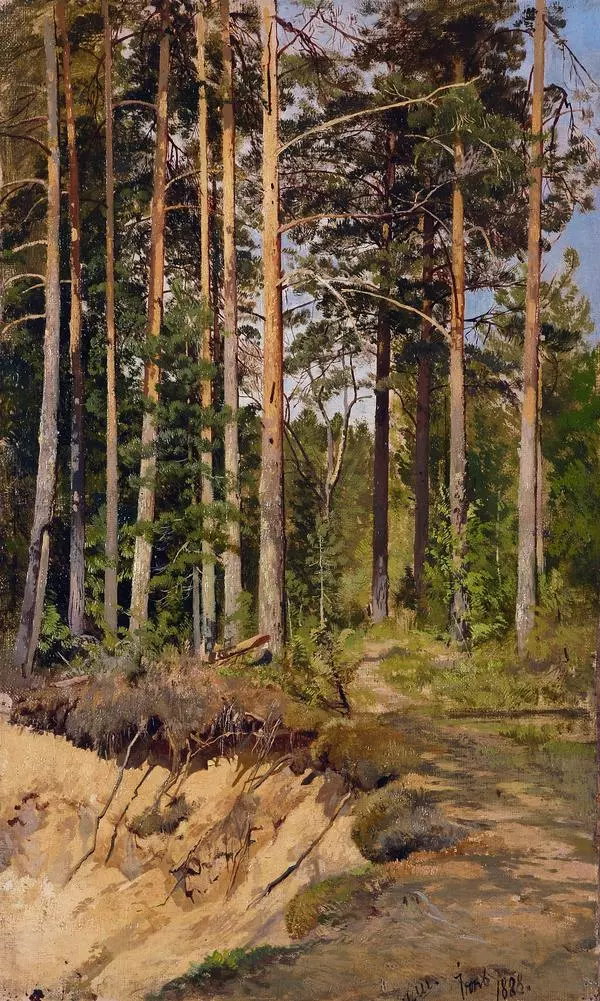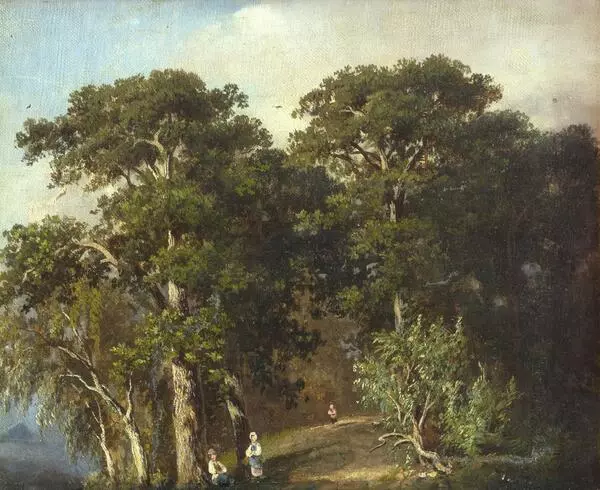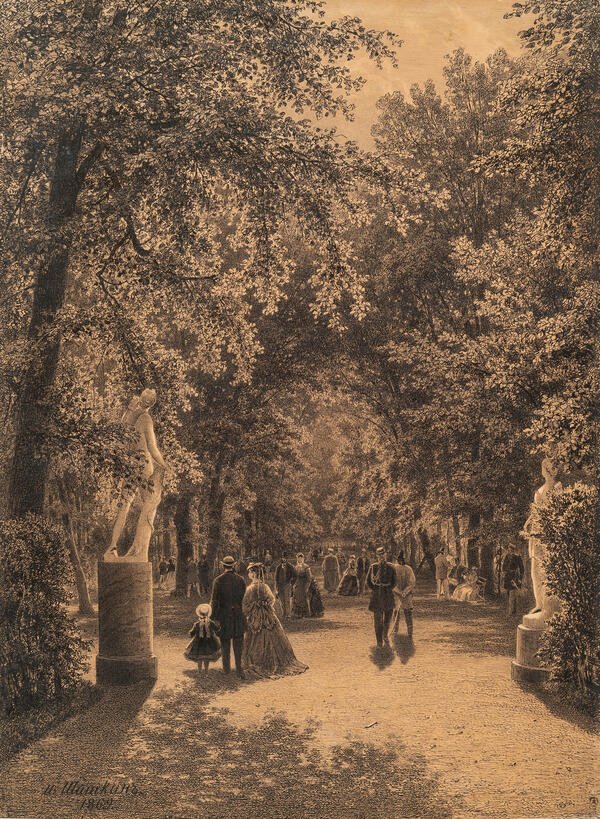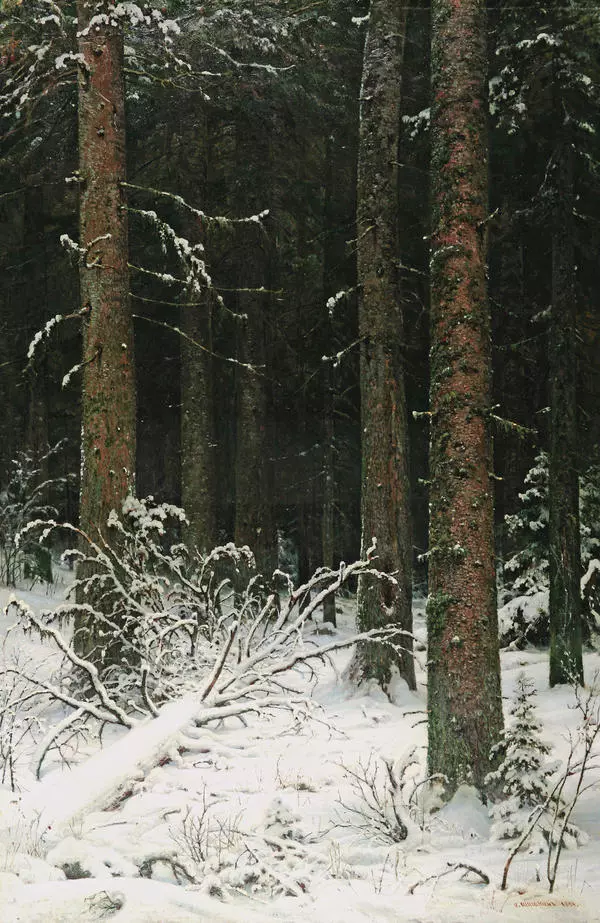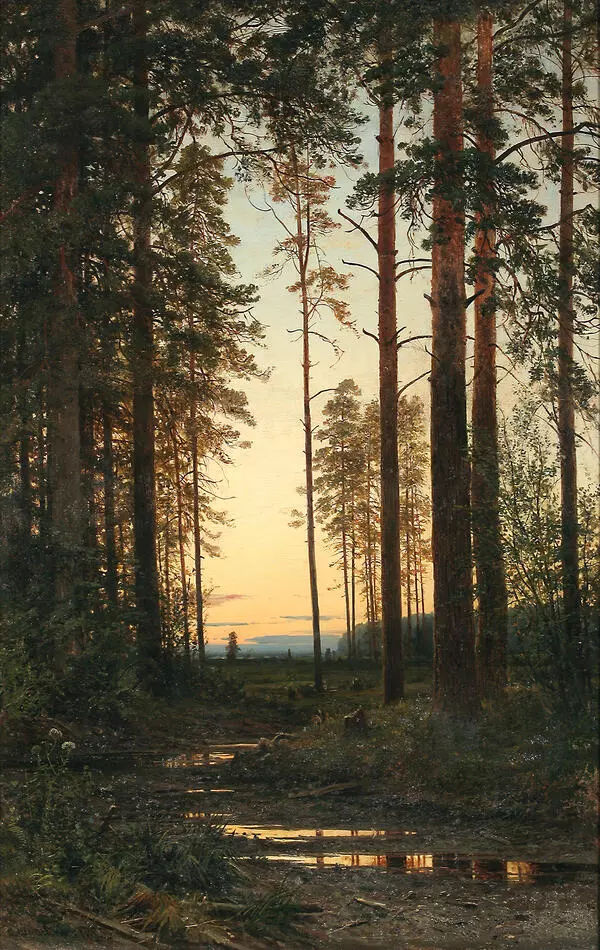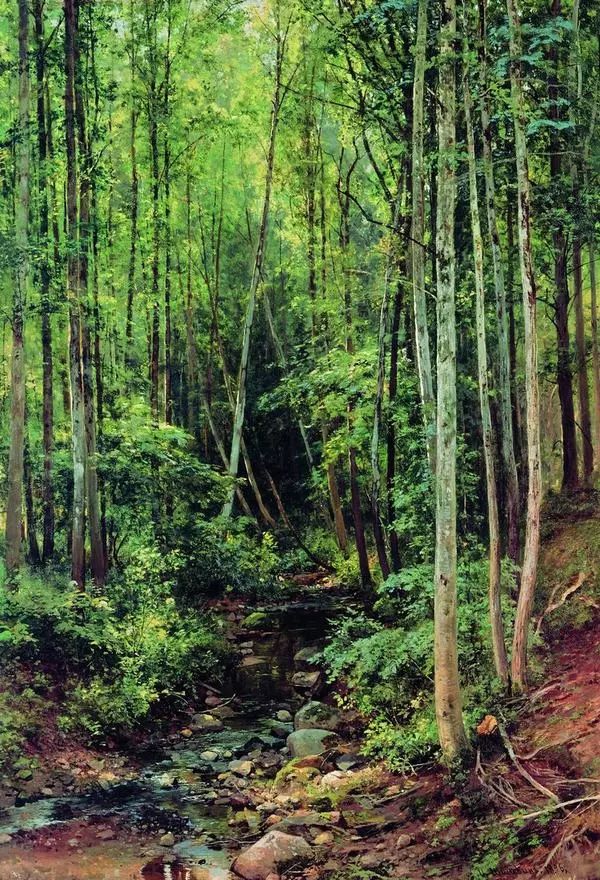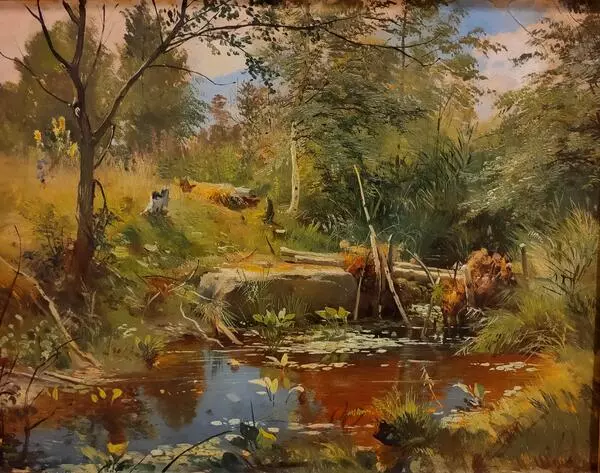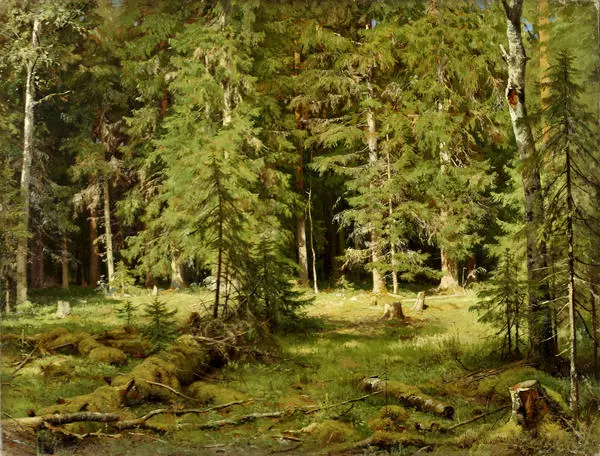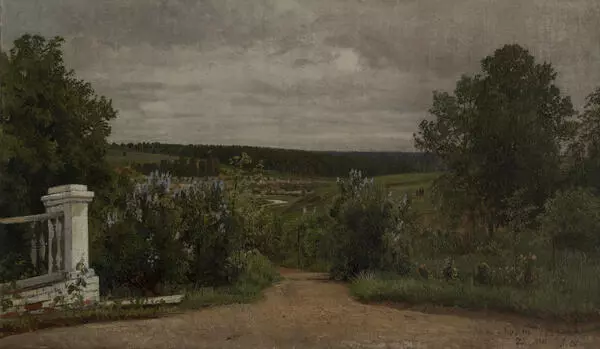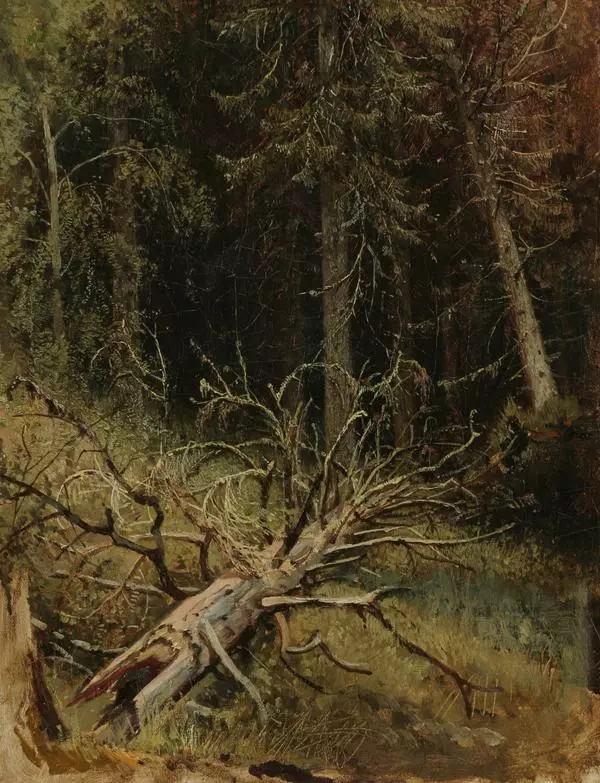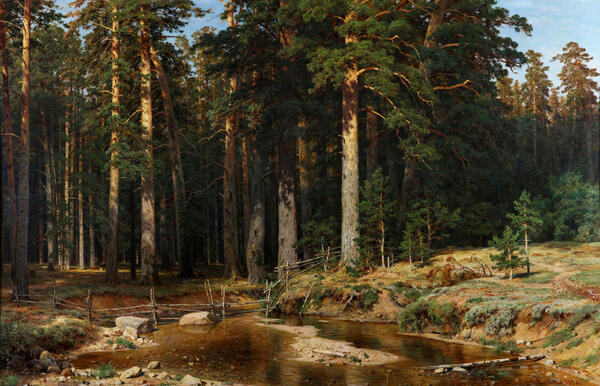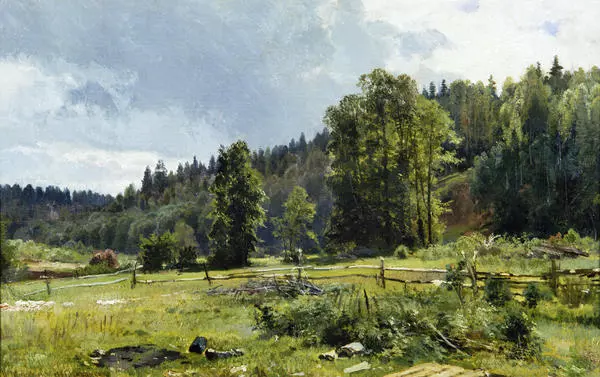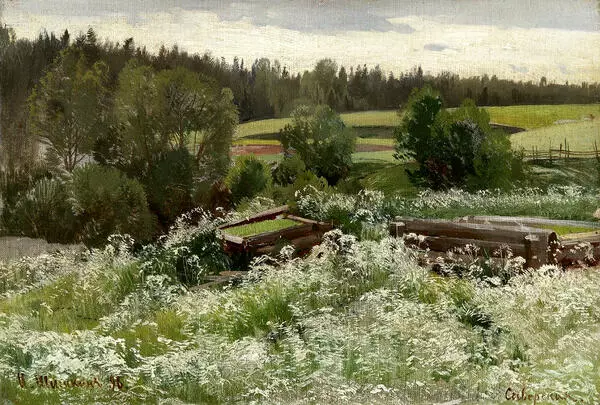Ivan Ivanovich Shishkin is considered to be one of the most prominent and unique artists whose art was not influenced by the new trends that appeared in Russian art in the 1880s. His works aroused interest and admiration among his contemporaries but were rejected by the generation of artists and critics of the early 20th century.
Ivan Shishkin was incredibly hard-working and remained creative throughout his life. The artist’s landscapes epitomized his vision of life as a blessing. His creative philosophy was that the contemplation of nature and its depiction in art can make people better.
The art of Ivan Shishkin immerses the viewer in the scene and the very life of the forest. The artist never changed his principle of using a tonal color palette, improving the color transitions over the years. He depicted plants as realistically as if he were a botanist. His paintings feature the species of trees and grasses found in Russian forests.
“Shishkin amazes us with his knowledge; he paints two or three finished studies a day — and how elaborate they are! When he paints en plein air (I tried to paint with him several times), he is on familiar ground, he is brave and deft, acting without hesitation: he knows everything — how, what, and why… I think he is the only one of us who knows the landscape in a scientific way, in the best sense of the term…” the painter Ivan Kramskoy wrote about Ivan Shishkin.
Ivan Shishkin painted the study “In the Forest” en
plein air. It is a quick color sketch without many details such as plant
texture. It is a scene in the shade of tall trees in a dense forest. The artist
chose to depict a small water body overgrown with grass closer to the shore.
The tree crowns are not shown in the study, which makes their trunks look like
columns reflected in the clear water. Ivan Shishkin created an image of a
hidden temple of nature — pure and untouched by humans. He carefully studied
the movement of light on the grass and flecks of sunlight on the trees, making
the foreground clear and the forest in the background blurry. The different
hues of green are chosen depending on the lighting and distance. Each
brushstroke is in its place, the colors and shapes are perfect. Another
ingenious decision is the depiction of the reflections on the dark surface of
the water body.
On closer inspection, the small study turns out to be an extraordinary,
sophisticated painting in which the artist enthusiastically explored and
reproduced the essence of nature.




